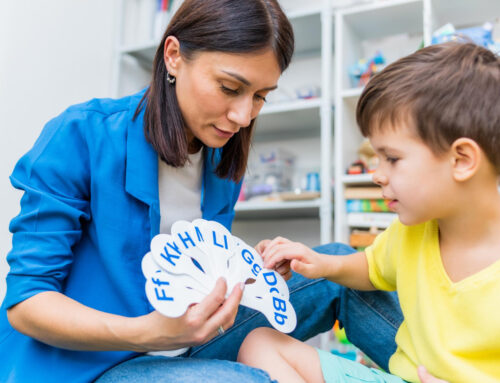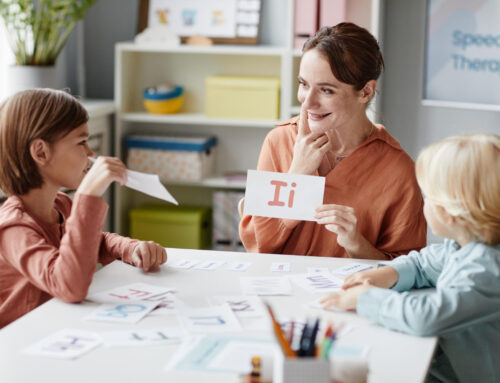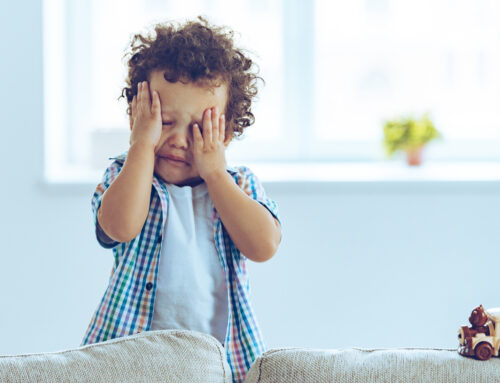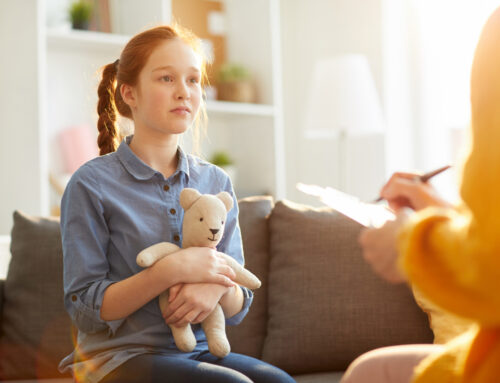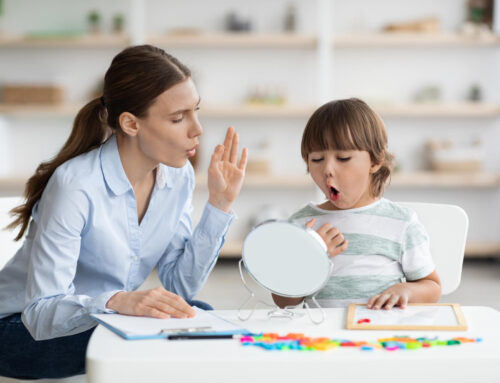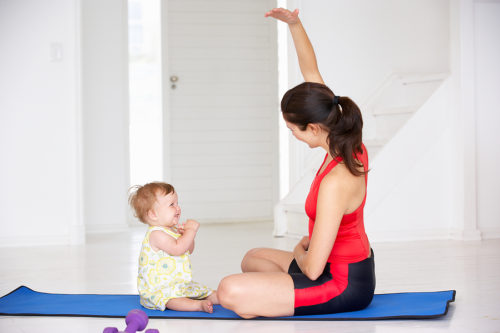
Yoga has become a growing, common practice amongst all sorts of people across the age span in the United States. In recent years, occupational therapists have taken a heightened interest in using yoga with children. According to Moyer (2014) as well as Feeney and Moser (2014), yoga provides a holistic approach that can address multiple functional needs for a child. Below are some of the following:
Motor Planning
Although the roots of yoga revolve around uniting the mind, body, and spirit, techniques require certain levels of intentional movement. The child would be imitating movements conducted by the instructor, which encourages them to plan out and mimic the steps. Such movements are slow and methodical, allowing the child to safely try challenges to his/her balance and coordination.
Relaxation
Since yoga focuses intensely on purposeful breathing, the practice at its very nature is soothing. Yoga is currently being used by therapists to provide a safe outlet to release unwanted stress and anxiety.
Self-Regulation
Alongside relaxation, yoga has become a great way for children to self-regulate their emotions or reactions to unwanted stress or uncomfortable stimuli.
Attention
By having to focus on the instructor’s voice and movements, the child is working on attending to a task in order to process planned movements and breathing strategies. An environment that fosters effective yoga strategies is typically quiet with dim lighting, which eliminates distractions for the child so that he/she can focus on the instructor.
Strengthening and Endurance
Yoga techniques, if conducted correctly, can tone the muscles, improve flexibility, and increase a child’s endurance for movement-related tasks. Strengthening and endurance that is built up through yoga can translate to other tasks in which the child participates in throughout the day.
Social Skills
More often than none, pediatric yoga is frequently conducted in groups which allows a child to interact with other peers coming from similar backgrounds. The exposure allows for appropriate social interaction, as well as corrections of inappropriate interactions during a fun exercise session.
class=”g5-color-primary”Increase Self-Esteem
A child who doesn’t handle stress or anxiety well, or struggles with coordination/balance and social participation will often lack the ability to think positively about themselves. Yoga provides a safe activity in which children can feel like they have surpassed obstacles and leave with a sense of accomplishment. Additionally, groups of children participating in yoga get to struggle and succeed together.
As far as home health is concerned, it is more than appropriate for parents and OTs to create yoga sessions for the child to complete at their own house. If your child struggles with any of the following (but not limited to), it wouldn’t hurt to discuss the option of pediatric yoga during in-home sessions:
- Short attention span, trouble sitting still, issues with completing homework in a timely fashion.
- Sensory-processing and/or self-regulation issues
- Frequent temper tantrums or unexplained melt-downs, fights at school, at home, or in other community settings
- Movement-related disorders or conditions (cerebral palsy, muscular dystrophy, clumsiness, frequent falls, muscle tightness or laxity, etc).
- Depression and/or anxiety
- Breathing difficulties
When consulting with an in-home pediatric OT as a parent or guardian, don’t be shy about bringing up this topic. If it peeks your interest and you feel that it might be beneficial to at least try it with your child, talk about it. More importantly, find out if the OT who is treating your child has any experience in performing pediatric yoga.
Be ready to actively participate in yoga sessions with your child. Since an in-home health OT will only come into the house for short number of days per month, carrying out yoga techniques consistently will be mostly your responsibility. Be proactive and ask questions about any confusing or new yoga techniques. Talk about how frequently your child should be participating in yoga and for what purposes. Together, you can create a yoga routine that bests suits your child’s needs and therapy goals.
References
- Moyer, L. (2014). The Power of Yoga for Children. North Shore Pediatric Therapyhttps://nspt4kids.com/parenting/the-power-of-yoga-for-children/
- Kathryn Feeney MOTS & Christy Szczech Moser PhD, OTR, FAOTA (2014) Yoga in Pediatrics, ournal of Occupational Therapy, Schools, & Early Intervention, 7:3-4, 161-171, DOI: 10.1080/19411243.2014.966014

